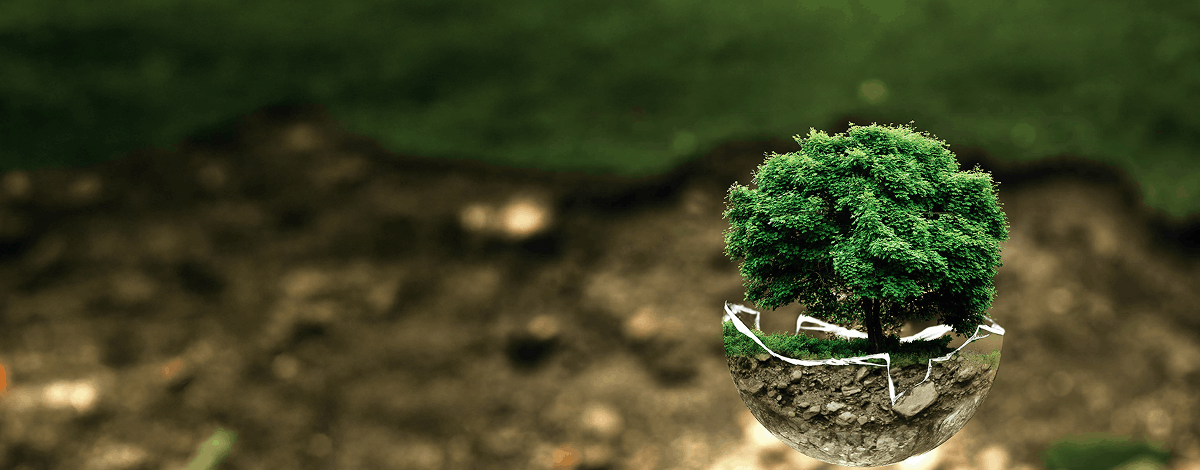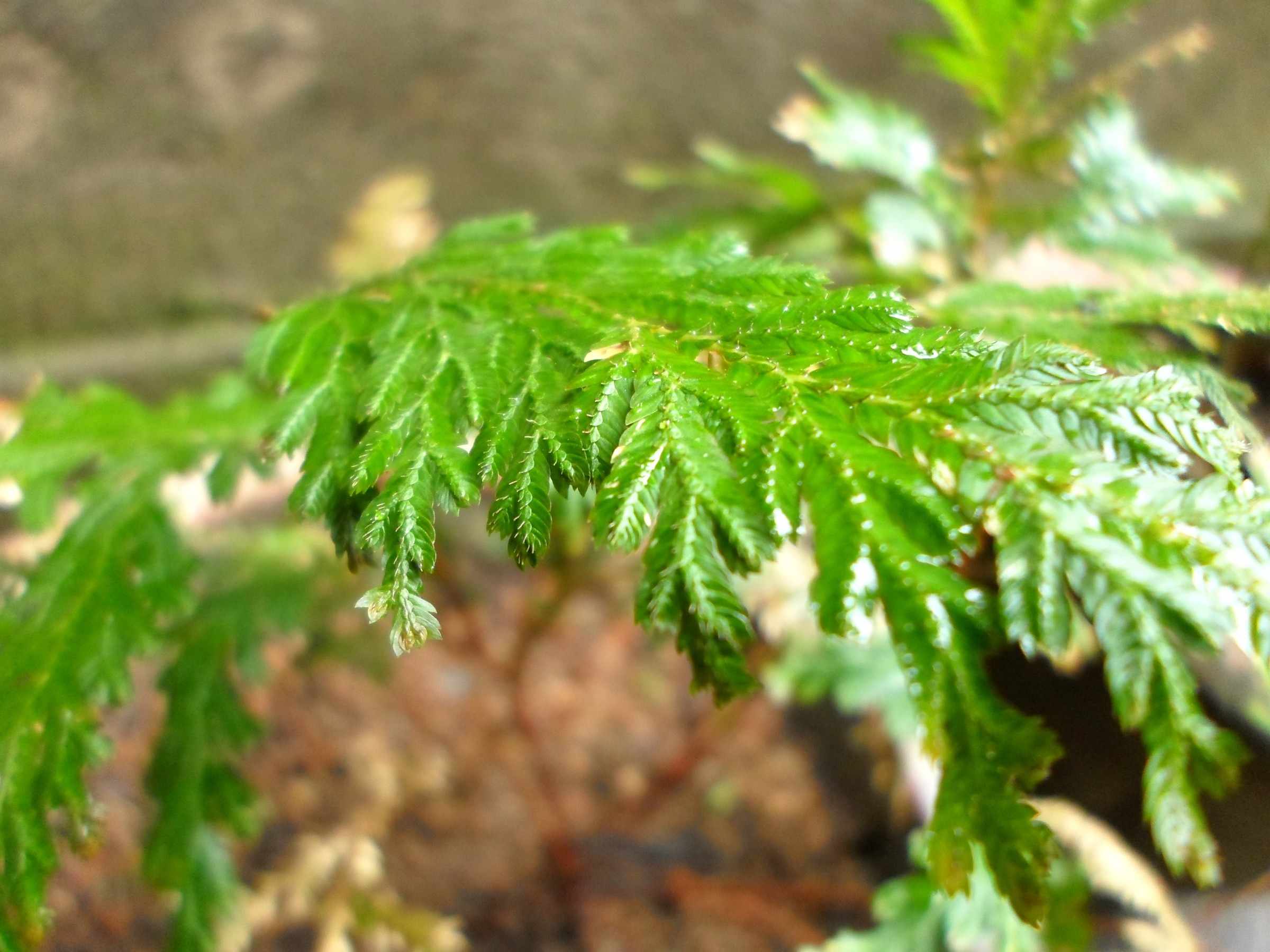Yellow Lentil (Lens culinaris)
1. Names
Arabic: عدس أصفر (Ads Asfar), عدس أملس (Ads Amlas)
English: Yellow lentil, Split pigeon pea (in some regions)
Scientific Name: Lens culinaris
2. Botanical Description
Family: Fabaceae (Legume family)
Growth: Annual short plant (30-50 cm)
Leaves: Small compound pinnate leaves
Flowers: White or light blue
Pods: Small pods containing 1-2 seeds
3. Main Varieties
Hulled yellow lentils: Most common in cooking
Whole yellow lentils: With outer skin
Red lentils: Similar to yellow but darker
4. Health Benefits
✓ Complete plant protein (25-28%)
✓ High in fiber (10-11g per 100g)
✓ Iron source (6-7mg per 100g)
✓ Regulates blood sugar (low glycemic index)
✓ Gluten-free
5. Medicinal Uses
Anemia treatment: Due to iron and folate content
Digestive improvement: Dietary fiber
Cholesterol reduction: Lecithin and fiber
Heart health support: Potassium and magnesium
6. Cultivation Methods
Climate: 15-25°C (cold-tolerant)
Soil: Light, well-drained
Planting:
Egypt: November-December
India: October-November
Irrigation: Moderate (cannot tolerate waterlogging)
Harvest: After 100-120 days
7. Used Parts
Hulled seeds: Primary use
Lentil powder: As dietary supplement
Lentil cooking water: In some folk remedies
8. Active Compounds
Proteins: Including lectins
Carbohydrates: 60-65% (resistant starch)
Vitamins: B1, B6, folic acid
Minerals: Iron, zinc, magnesium
Amino acids: Rich in lysine
Nutritional Summary of Yellow Lentils (per 100g)
| Nutrient | Amount |
|---|---|
| Calories | 350 kcal |
| Protein | 25g |
| Fiber | 11g |
| Iron | 6mg |
| Potassium | 700mg |
Export details to all parts of the world
Yellow Lentil grains for export
Drying: Natural sun drying and
industrial drying
Packaging: Bags
Package Weight: 20 kg
Container: 20-foot container
Sorting and Packing: Automate
Contact
Website:https://king-herb.org/
Email: export@king-herb.org
Phone:+201032367747
WhatsApp:+201032367747










